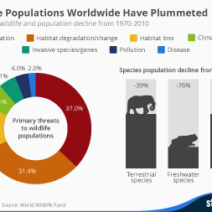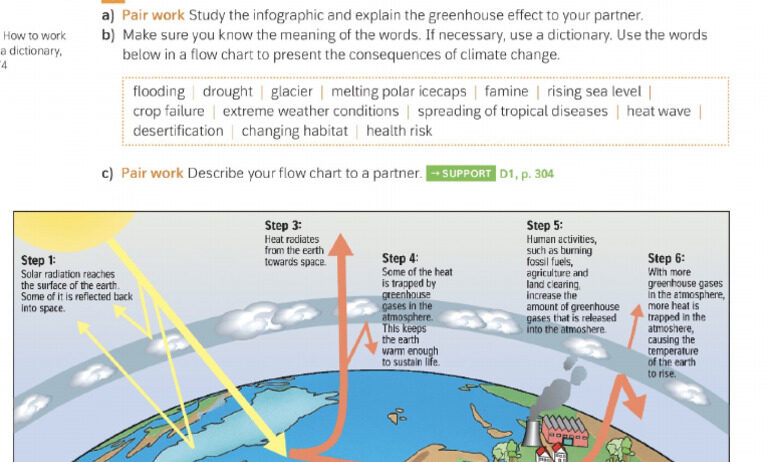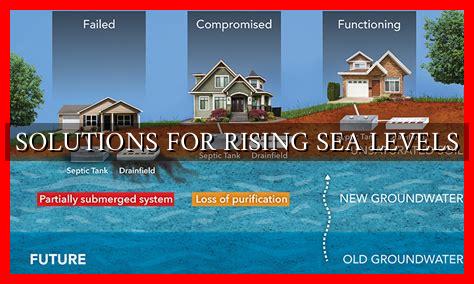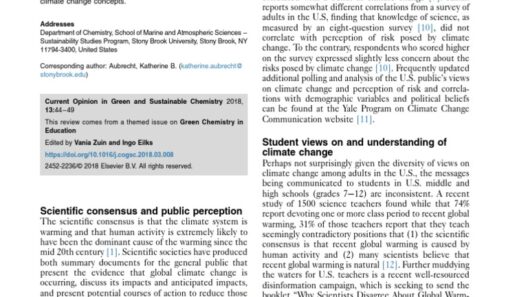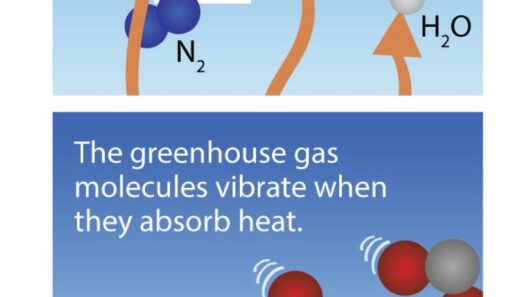The Greenhouse Effect is a pivotal natural phenomenon that plays a significant role in regulating Earth’s climate. Understanding it is essential for grasping the broader implications associated with climate change and environmental health. This guide aims to unravel the complexities surrounding the Greenhouse Effect in a straightforward manner while elucidating its mechanisms, impacts, and critical relevance in contemporary discussions regarding climate action.
This article first delves into the scientific foundation of the Greenhouse Effect, leading to an exploration of the factors influencing it. Subsequently, we will examine its consequences on our planet and human society, and lastly, we’ll look at strategies for mitigating its adverse effects.
The Mechanisms of the Greenhouse Effect
At its core, the Greenhouse Effect is a natural warming process of our planet’s atmosphere. It occurs when solar radiation reaches the Earth, with about 30% being reflected back to space. The remaining 70% is absorbed by the Earth’s surface, heating it. Subsequently, the Earth emits this heat in the form of infrared radiation. Here, the interplay with atmospheric gases becomes critical.
Greenhouse gases, including carbon dioxide (CO2), methane (CH4), nitrous oxide (N2O), and water vapor, trap some of the outgoing infrared radiation. This process leads to a warming of the lower atmosphere, akin to how a greenhouse retains heat. Without this phenomenon, average surface temperatures would plunge drastically, making Earth inhospitable.
Insight into Greenhouse Gases
Greenhouse gases vary in their abundance and warming potential. Carbon dioxide, the most prevalent anthropogenic greenhouse gas, is primarily emitted through fossil fuel combustion, deforestation, and certain industrial processes. Its elevated levels correlate with significant changes in global temperature patterns.
Methane, albeit present in smaller quantities, is exceedingly potent in its heat-trapping capabilities—contributing over 25 times more to global warming than CO2 over a 100-year span. It emanates from agricultural practices, landfills, and the oil and gas industries. On the other hand, nitrous oxide, though less commonly discussed, also poses substantial risk, largely from agricultural activities and fossil fuel combustion.
Water vapor, the most abundant greenhouse gas in the natural environment, acts differently. It amplifies the effects of other greenhouse gases but is primarily a feedback mechanism rather than a direct forcing agent. Variations in temperature lead to changes in water vapor concentrations, thus influencing various climate interactions.
The Consequences of a Disrupted Greenhouse Effect
As industrialization burgeoned, the balance of greenhouse gas emissions became skewed, leading to climate ramifications that are manifold and far-reaching. The International Panel on Climate Change (IPCC) warns about the catastrophic impacts associated with rising global temperatures linked to the enhanced greenhouse effect.
Global warming, a direct outcome of excess greenhouse gases, engenders a series of environmental alterations. Extreme weather events, such as more intense hurricanes, prolonged droughts, and excessive rainfall, have become more frequent, threatening lives and livelihoods around the world. Additionally, melting glaciers and polar ice caps result in elevated sea levels, endangering coastal communities and ecosystems.
Moreover, the ecological balance is shattered. Many species struggle to adapt to rapid changes, leading to biodiversity loss. Coral reefs, for instance, face unprecedented bleaching events due to temperature spikes, harming marine life diversity and fishing economies.
The Societal Ramifications of Climate Change
The societal implications of the Greenhouse Effect cannot be overstated. As weather patterns shift, agricultural yields could falter, precipitating food insecurity across various regions. Vulnerable populations, particularly in developing nations, may be disproportionately affected as they lack resilience and adaptive capacity.
Moreover, the health impacts are alarming. Prolonged heatwaves can lead to increased morbidity and mortality rates among susceptible groups. The changing climate also fuels the spread of infectious diseases as vectors thrive in newly conducive environments. Addressing the Greenhouse Effect extends into public health policy and infrastructure resilience planning.
Mitigation and Prevention Strategies
Awareness and action are pivotal. Mitigating the Greenhouse Effect involves curbing emissions and enhancing natural carbon sinks. Transitioning to renewable energy sources, such as wind, solar, and hydroelectric, plays a substantial role in reducing dependence on fossil fuels. Innovations in energy efficiency also present opportunities for significant reductions in greenhouse gas emissions.
Forestry management and reforestation initiatives are vital in sequestering carbon from the atmosphere, but they must be coupled with sustainable land use practices to ensure longevity. Likewise, promoting sustainable agricultural practices can mitigate nitrous oxide emissions while improving food security.
Community engagement and education can galvanize collective action. Grassroots movements and policy advocacy play crucial roles in influencing government action on climate policies.
It is paramount for individual actions to align with systemic changes. Simplistic behaviors, from reducing waste to choosing sustainable transportation options, can accumulate to create a more significant impact.
In Conclusion
The Greenhouse Effect is not merely a scientific concept; it is a powerful reminder of our responsibility towards the planet. With urgent action required to minimize its adverse impacts, understanding its intricacies is essential. The paths to innovation and environmental stewardship converge on acknowledging and addressing the multidimensional facets of the Greenhouse Effect. Collective efforts, informed by knowledge, can foster a sustainable future, ensuring the survival and flourishing of life on Earth for generations to come.


